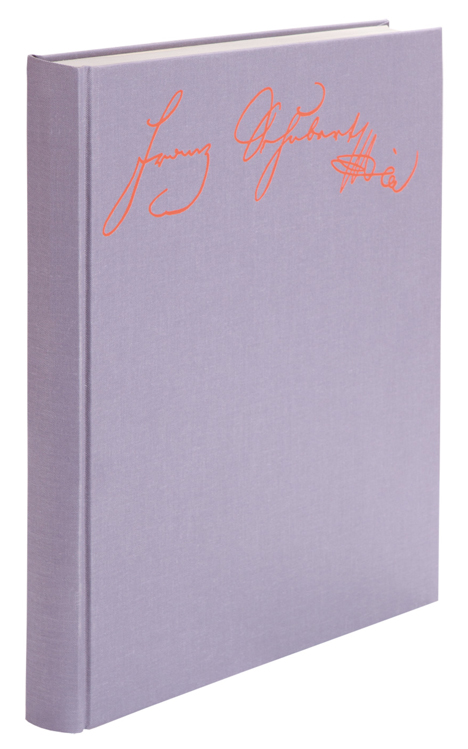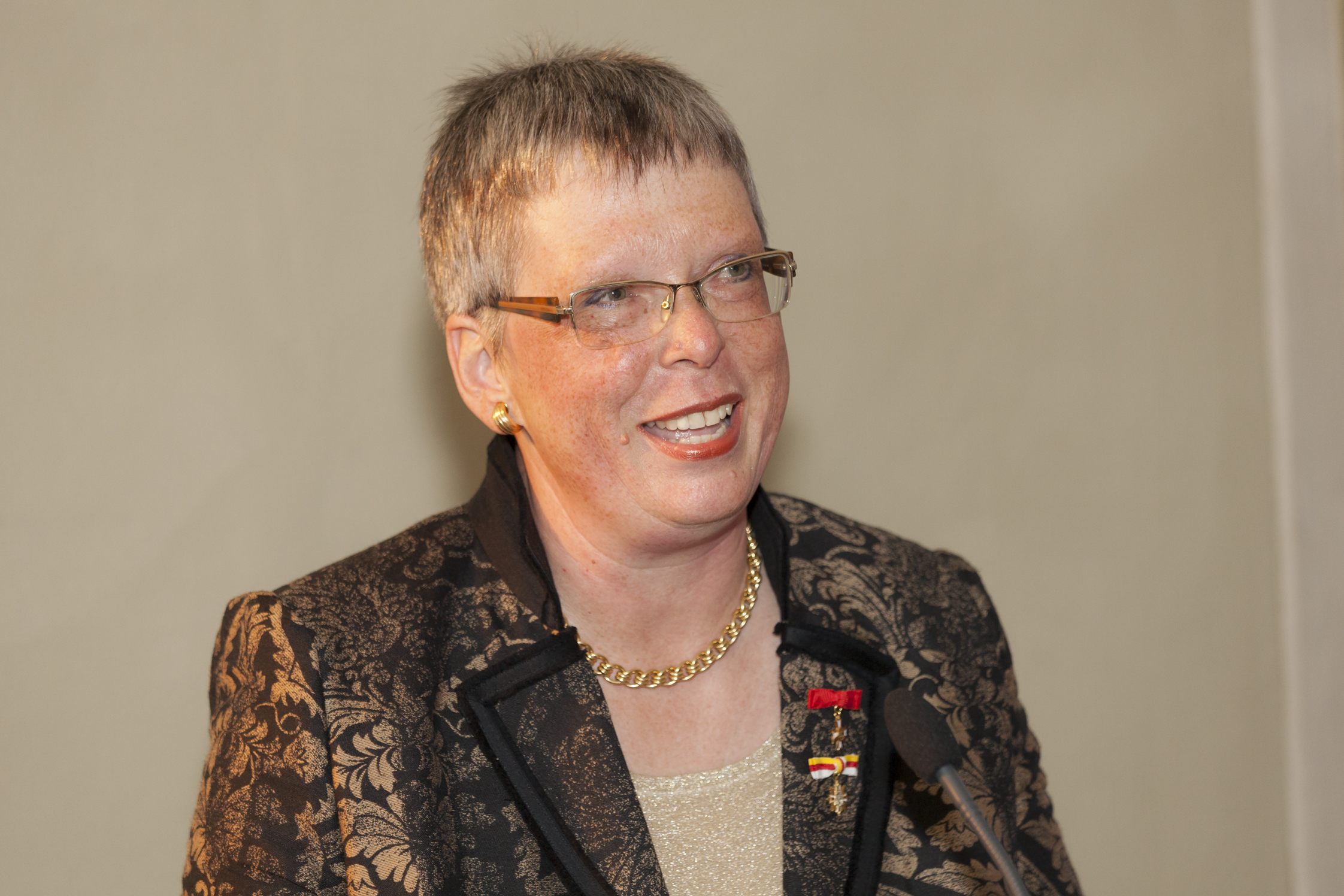|
D. 277A
The Piano Sonata in C major, 279, composed by Franz Schubert in September 1815, has three movements and is regarded as incomplete for lacking a fourth movement.Badura-Skoda 1997, p 242 D. 346, an unfinished Allegretto in C major, has been suggested as its final movement.Deutsch 1978, pp 172-173 Movements The sonata has three completed movements: ;I. Allegro Moderato : C major, with the recapitulation in the subdominant key of F major. ;II. Andante : F major. ;III. Menuetto (Allegro vivace) - Trio : A minor, with the trio in A major. :D. 277A is a slightly different version of the same Minuet, with a different Trio in F major. D. 277A probably predates the D. 279 Sonata.Deutsch 1978, pp 171-172 Since 1928 several scholars, the first being Walter Rehberg, have suggested D. 346 to be the finale of the sonata D. 279:Tirimo 1997 ;(IV. Allegretto D. 346) : Fragment in C major ending at measure 231, where the second theme ends in F minor. :Both Martino Tirimo and Paul Badura-Skod ... [...More Info...] [...Related Items...] OR: [Wikipedia] [Google] [Baidu] |
Piano Sonata
A piano sonata is a sonata written for a solo piano. Piano sonatas are usually written in three or four movements, although some piano sonatas have been written with a single movement (Liszt, Scriabin, Medtner, Berg), others with two movements (Haydn, Beethoven), some contain five ( Brahms' Third Piano Sonata, Czerny's Piano Sonata No. 1, Godowsky's Piano Sonata) or even more movements. The first movement is generally composed in sonata form. The Baroque keyboard sonata In the Baroque era, the use of the term "sonata" generally referred to either the sonata da chiesa (church sonata) or sonata da camera (chamber sonata), both of which were sonatas for various instruments (usually one or more violins plus basso continuo). The keyboard sonata was relatively neglected by most composers. The sonatas of Domenico Scarlatti (of which there are over 500) were the hallmark of the Baroque keyboard sonata, though they were, for the most part, unpublished during Scarlatti's lifetim ... [...More Info...] [...Related Items...] OR: [Wikipedia] [Google] [Baidu] |
Urtext Edition
An urtext edition (from German prefix wikt:ur-, ur- ''original'') of a work of classical music is a printed version intended to reproduce the original intention of the composer as exactly as possible, without any added or changed material. Other kinds of editions distinct from urtext are ''facsimile'' and ''interpretive'' editions, discussed below. Preparing urtext editions Sources The sources for an urtext edition include the autograph (that is, the manuscript produced in the composer's hand), hand copies made by the composer's students and assistants, the first published edition, and other early editions. When the editor relies on a first edition, it is sometimes best to rely not on the earliest printed copies, but on later printings. This is because publishers sometimes kept the plates from the earliest printing, reusing them for later printings with corrections from the composer. A particularly valuable source for urtext editions is a copy of the first edition that was ha ... [...More Info...] [...Related Items...] OR: [Wikipedia] [Google] [Baidu] |
List Of Compositions By Franz Schubert By Genre
Franz Schubert (31 January 1797 – 19 November 1828) was an extremely prolific Austrian composer. He composed some 1500 works (or, when collections, cycles and variants are grouped, some thousand compositions). The largest group are the lieder for piano and solo voice (over six hundred), and nearly as many piano pieces. Schubert also composed some 150 part songs, some 40 liturgical compositions (including several masses) and around 20 stage works like operas and incidental music. His orchestral output includes thirteen symphonies (seven completed) and several overtures. Schubert's chamber music includes over 20 string quartets, and several quintets, trios and duos. This article constitutes a complete list of Schubert's known works organized by their genre. The complete output is divided in eight series, and in principle follows the order established by the Neue Schubert-Ausgabe printed edition. The works found in each series are ordered ascendingly according to Deutsch number ... [...More Info...] [...Related Items...] OR: [Wikipedia] [Google] [Baidu] |
Neue Schubert-Ausgabe
Franz Schubert (1797–1828): New Edition of the Complete Works (), commonly known as the New Schubert Edition (NSE), or, in (NSA), is a complete edition of Franz Schubert's works, which started in 1956 and is scheduled to conclude in 2027.Franz Schubert (1797–1828): New Edition of the Complete Works at website. Franz Schubert (1797–1828): Neue Ausgabe sämtlicher Werke ' at |
ProQuest
ProQuest LLC is an Ann Arbor, Michigan, Ann Arbor, Michigan-based global information-content and technology company, founded in 1938 as University Microfilms by Eugene Power. ProQuest is known for its applications and information services for libraries, providing access to dissertations, theses, ebooks, newspapers, periodicals, historical collections, governmental archives, cultural archives,"Jisc and ProQuest Enable Access to Essential Digital Content" , retrieved May 21, 2014 and other aggregated databases. This content was estimated to be around 125 billion digital pages. The company began operations as a producer of microfilm products, subsequently shifting to electronic publishing, and later ... [...More Info...] [...Related Items...] OR: [Wikipedia] [Google] [Baidu] |
Walburga Litschauer
Walburga Litschauer (born 15 October 1954) is an Austrian musicologist and Franz Schubert scholar. Life Born in Klagenfurt, Carinthia, Litschauer studied music and theatre studies at the University of Vienna and completed piano training at the Music and Arts University of the City of Vienna. In 1979, she passed the State examination in piano, in 1980 she received her doctorate and in 2005 her habilitation at the University of Vienna. In 2015, the professional title "Professor" was conferred on her. Litschauer was initially a contributor to the Anton Bruckner Joseph Anton Bruckner (; ; 4 September 182411 October 1896) was an Austrian composer and organist best known for his Symphonies by Anton Bruckner, symphonies and sacred music, which includes List of masses by Anton Bruckner, Masses, Te Deum (Br ... Complete Edition. Since 1980, she has headed the Vienna office of the New Schubert Edition at the Austrian Academy of Sciences, and since 1990 she has been a member of th ... [...More Info...] [...Related Items...] OR: [Wikipedia] [Google] [Baidu] |
Bärenreiter
Bärenreiter (Bärenreiter-Verlag) is a German classical music publishing house based in Kassel. The firm was founded by Karl Vötterle (1903–1975) in Augsburg in 1923, and moved to Kassel in 1927, where it still has its headquarters; it also has offices in Basel, London, New York and Prague. The company is currently managed by , and . Since 1951, Bärenreiter has expanded its production through acquisitions and the creation of subsidiaries. From this time, the company's focus has been on the New Complete Editions series for various composers. These are urtext editions, and cover the entire work of the selected composer. Series include: J. S. Bach (the '' Neue Bach-Ausgabe'', a joint project with the Deutscher Verlag für Musik), Berlioz, Fauré, Gluck, Handel, Janáček, Mozart ('' Neue Mozart-Ausgabe''), Rossini, Saint-Saëns, Schubert ( New Schubert Edition), Telemann and others. Amateur theater For decades, Bärenreiter published hundreds of titles for ... [...More Info...] [...Related Items...] OR: [Wikipedia] [Google] [Baidu] |
Allegretto In C Major, D
In musical terminology, tempo (Italian for 'time'; plural 'tempos', or from the Italian plural), measured in beats per minute, is the speed or pace of a given composition, and is often also an indication of the composition's character or atmosphere. In classical music, tempo is typically indicated with an instruction at the start of a piece (often using conventional Italian terms) and, if a specific metrical pace is desired, is usually measured in beats per minute (bpm or BPM). In modern classical compositions, a "metronome mark" in beats per minute, indicating only measured speed and not any form of expression, may supplement or replace the normal tempo marking, while in modern genres like electronic dance music, tempo will typically simply be stated in bpm. Tempo (the underlying pulse of the music) is one of the three factors that give a piece of music its texture. The others are meter, which is indicated by a time signature, and articulation, which determines how each note ... [...More Info...] [...Related Items...] OR: [Wikipedia] [Google] [Baidu] |
Piano Sonata No
A piano is a keyboard instrument that produces sound when its keys are depressed, activating an Action (music), action mechanism where hammers strike String (music), strings. Modern pianos have a row of 88 black and white keys, tuned to a chromatic scale in equal temperament. A musician who specializes in piano is called a pianist. There are two main types of piano: the #Grand, grand piano and the #Upupright piano. The grand piano offers better sound and more precise key control, making it the preferred choice when space and budget allow. The grand piano is also considered a necessity in venues hosting skilled pianists. The upright piano is more commonly used because of its smaller size and lower cost. When a key is depressed, the strings inside are struck by felt-coated wooden hammers. The vibrations are transmitted through a Bridge (instrument), bridge to a Soundboard (music), soundboard that amplifies the sound by Coupling (physics), coupling the Sound, acoustic energy t ... [...More Info...] [...Related Items...] OR: [Wikipedia] [Google] [Baidu] |
Julius Epstein (pianist)
Julius Epstein (7 August 1832 – 3 March 1926) was a Croatian-Jewish pianist. Kroatologija; Tamara Jurkić Sviben; ''Motivi i poticaji hrvatskih glazbenika židovskoga podrijetla u hrvatskoj kulturi i hrvatskoj glazbenoj baštini''; stranica 119, svibanj, 2010. Biography Epstein was born in Zagreb, Croatia. He was married to Amalija (née Mautner) Epstein with whom he had a son Richard Epstein, a notable Zagreb pianist and music pedagogue. Epstein was a pupil at Agram of the choir-director Vatroslav Lichtenegger, and in Vienna of Johann Rufinatscha (composition) and Anton Halm (pianoforte). He made his début in 1852, and soon became one of the most popular pianists and teachers in Vienna. From 1867 to 1901, Epstein was a professor of piano at the Vienna Conservatory, where Ignaz Brüll, Marcella Sembrich, Mathilde Kralik, Gustav Mahler, Benito Bersa and Richard Robert were among his pupils. Epstein edited Beethoven's piano sonatas, Mendelssohn's "Sämmtliche Klav ... [...More Info...] [...Related Items...] OR: [Wikipedia] [Google] [Baidu] |



